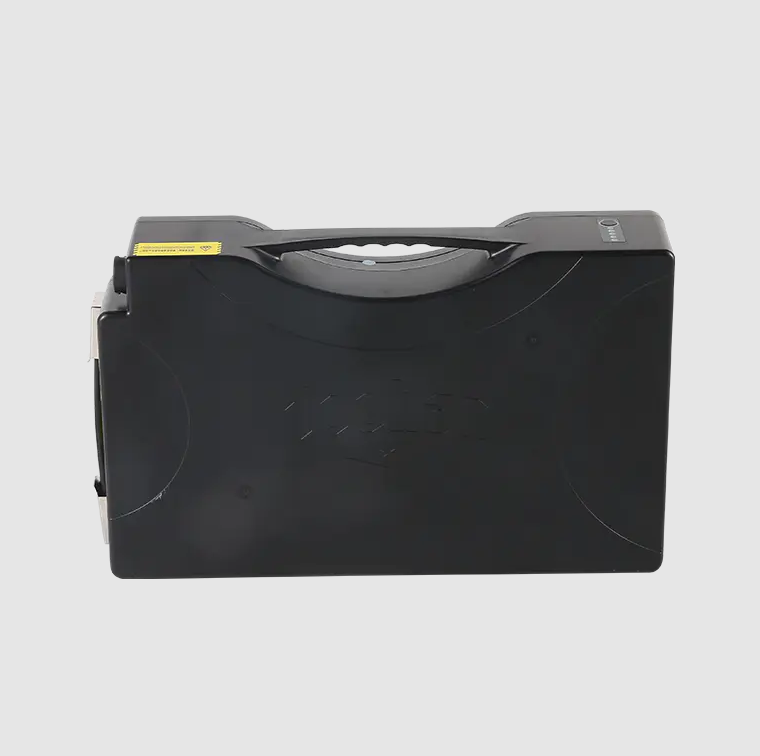Electric motorbikes are gaining popularity as a greener alternative to traditional combustion engine vehicles. Central to their operation is the electric motorbike battery, which serves as the energy source that propels these vehicles. These batteries are typically designed to be compact, lightweight, and capable of delivering high power output for quick acceleration and reliable performance.
The technology behind electric motorbike batteries has been advancing, focusing on improving energy density, which means more range for riders without adding significant weight to the vehicle. Additionally, manufacturers are investing in developing batteries with longer lifespans to reduce the overall cost of ownership and environmental impact associated with battery disposal and replacement.
For those considering an electric motorbike, understanding the type of battery it uses is crucial. Common battery types include lithium-ion and lead-acid varieties, each with their own set of advantages and disadvantages in terms of performance, lifespan, and environmental footprint. Maintenance of these batteries usually involves keeping them charged to optimal levels and avoiding deep discharge, which can prolong their service life.
The future of electric motorbike batteries looks promising, with ongoing research aimed at enhancing charging speeds, increasing energy efficiency, and developing more sustainable materials for production. As the technology evolves, we can expect electric motorbikes to become even more viable and attractive for daily commuting and leisure riding.



